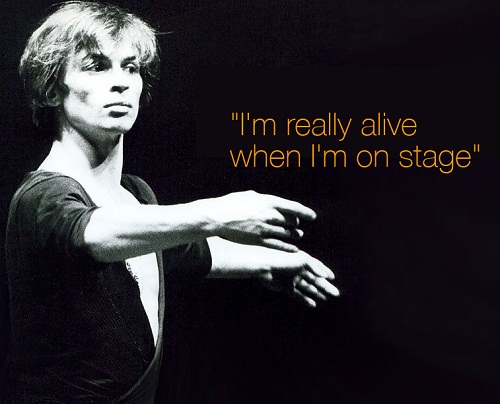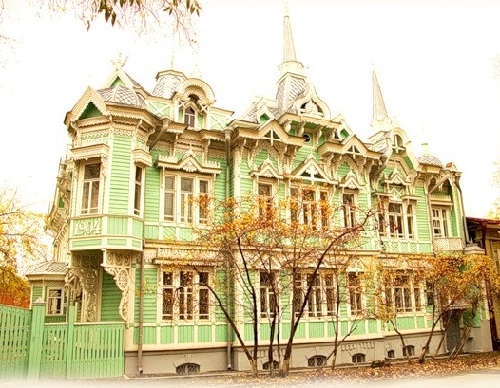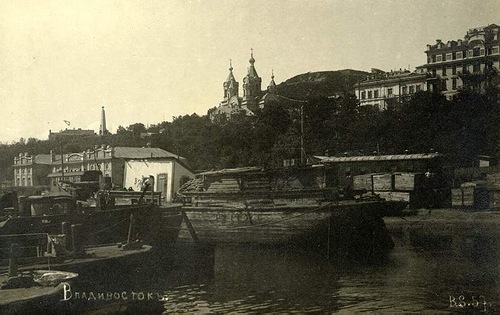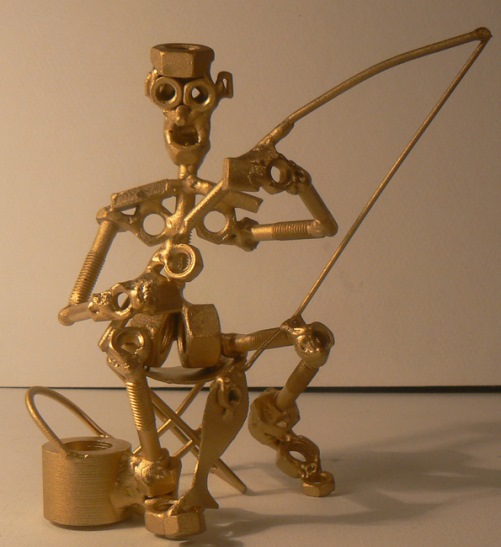20th anniversary of Rudolf Nureyevs death
20th anniversary of Rudolf Nureyevs death.
Born on March 17, 1938, on a Trans-Siberian train near Siberian city Irkutsk, Rudolf Nureyev burst into art as a nomad conqueror – a wild, dangerous, and insatiable. Tatar beggar boy and an American millionaire, the idol of women and homosexuals, and one of the first victims of AIDS, he easily combined the genius and evil. “You live as long as you dance” was Rudolf Nureyev’s mantra. He didn’t recognize national boundaries, public morality, affection, decency, sought the maximum freedom at any cost, overcoming all the prohibitions. He was buried 20 years ago at the Russian cemetery Saint-Genevieve-des-Bois – the same place where there are graves of Bunin, Merezhkovsky, Gippius, Tarkovsky. Nureyev was lying in a coffin in a frock coat and a turban. Nureyev was a Muslim, but shortly before his death he came to Orthodoxy. He always considered himself a citizen of the world, free of all restrictions.
In celebration of the 20th anniversary of Nureyev’s death, and the remarkable art and career of this legendary performer, the de Young Museum will present more than 70 costumes from ballets danced by the master – Swan Lake, The Nutcracker, and Manfred among them, as well as a selection of photographs, videos, and ephemera that chronicles his illustrious life.
In celebration of the 20th anniversary of Nureyev’s death, and the remarkable art and career of this legendary performer, the de Young Museum will present more than 70 costumes from ballets danced by the master – Swan Lake, The Nutcracker, and Manfred among them, as well as a selection of photographs, videos, and ephemera that chronicles his illustrious life.
Costumes by Nicholas Giorgiadis for Rudolf Nureyev:

For the role of Prince Siegfried, Act I, in Swan Lake, Vienna State Opera Ballet, 1964. Silver lace and blue silk doublet, trimmed with blue rhinestones, faux pearls, pleated linen collar and cuffs, and blue soutache

Prince Siegfried, Act I, in Swan Lake, Vienna State Opera Ballet, 1964. Silver lace and blue silk doublet, trimmed with blue rhinestones, faux pearls, pleated linen collar and cuffs, and blue soutache

doublet for the role of Prince Florimond, Act III, in Sleeping Beauty, Teatro alla Scala, Milan, 1966. Sleeveless gray and silver waistcoat trimmed with gold lace, yellow braid, and gold filigree buttons; white false shirt with pleated sleeves and lace cuffs

Jean de Brienne in Raymonda, Opera national de Paris, 1983. Beige silk and gold lamé doublet with velvet braid; cream silk shirt with elastic belt

For the role of Romeo, Act II, Romeo and Juliet, Opéra national de Paris. 1984. Velvet, silk, silver lame, metallic lace, and sequins
Nureyev’s tomb in Saint-Geneviève-des-Bois. 20th anniversary of Rudolf Nureyevs death

This mosaic accurately copies all features, wrinkles and follows every curve and waves of surface. At a distance of 2-3 meters the mosaic gives impression of a carpet texture.

The visual effect of fabric texture was achieved with a special mosaic technique, that copies all features, wrinkles and follows every curve and waves of surface. At a distance of 2-3 meters the mosaic gives impression of a carpet texture

Someone say that the grave is too bright, too conspicuous. Others, on the contrary, flow into ecstatic delight.
Sketches of the carpet were made by Enzo Frigerio, which repeated one of Nureyev’s favorite collection of Oriental carpets. The visual effect of fabric texture was achieved with a special mosaic technique.
Meanwhile, ignorant tourists often ask if the carpet gets wet in the rain, and how often it is changed. Visitors to the cemetery touch the mosaic carpet, only to reveal visual illusion. But how would those who did not take the tomb-carpet grave of Rudolf Nureyev’s definitely one of a kind, decent memory and a great ballet controversial genius.
20th anniversary of Rudolf Nureyevs death
Sources:
kinopoisk.ru/name/160970
liveinternet.ru






































